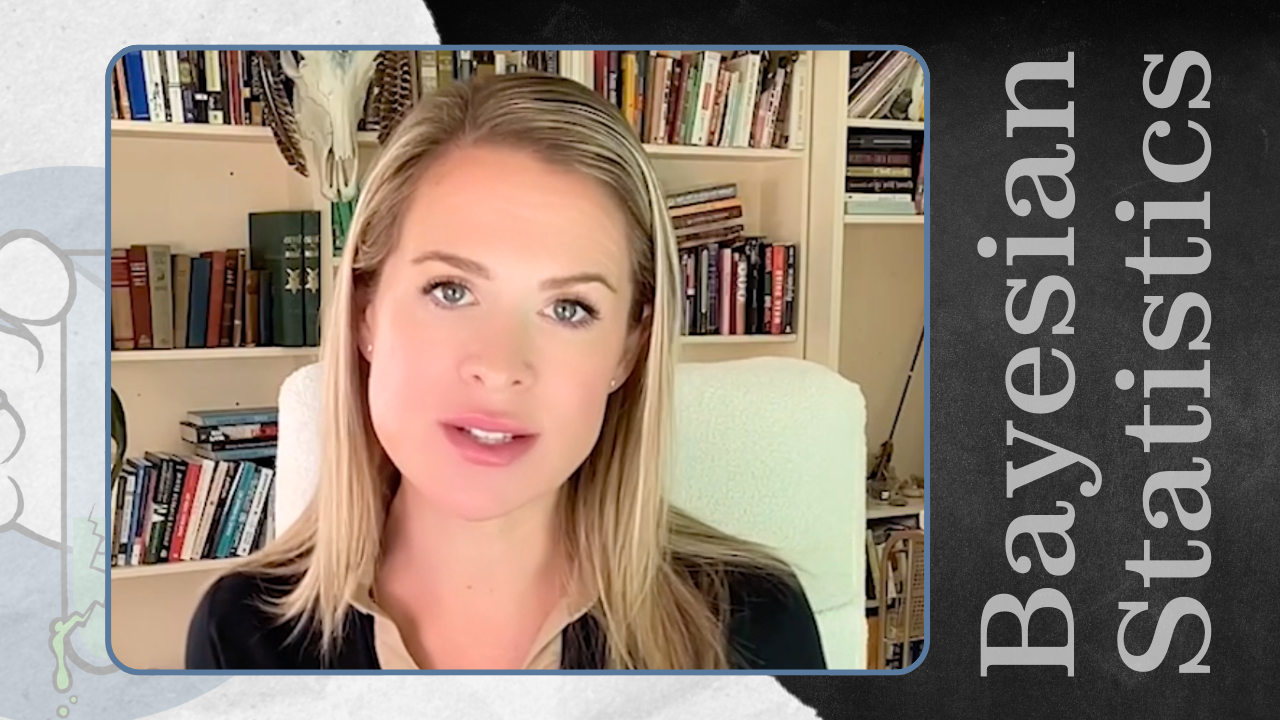Category: BSI basics series
Category: BSI basics series
Emily looks at medical tests and explains two concepts commonly used in testing: sensitivity and specificity.
By Emily KaplanEmily helps understand what hazard ratios are, what they can tell you about risks of a specific treatment, and how other factors like all-cause mortality also need to be considered when deciding on treatments.
By Emily KaplanEmily delves into the world of randomized clinical trials, explaining the steps in the process, the limitations of the trials, and common problems.
By Emily KaplanIn this video Emily explains the difference between a Bayesian approach and a frequentist approach to analyzing statistics. A Bayesian analysis looks at prior probabilities combined with data to determine the probability that the hypothesis is true. A frequentist analysis compares the hypothesis to the null-hypothesis, a yes/no approach, to determine if the data could support the null-hypothesis. It then ranks the data with a P-value, but it actually says nothing about the hypothesis being true.
By Emily KaplanSimply put, a p-value is a measure of the likelihood that the results of a study are due to the hypothesis, and not simply a result of chance. It compares the “null hypothesis,” the idea that the thing being studied has no effect, vs the “alternative hypothesis,” the thing being tested. So if the p-value is low, the data is thought to be significant. However, the p-value does not validate the effectiveness of the thing being studied, it simply claims to shows that the results were not due to chance.
Frighteningly, scientists, researchers, and medical professionals misinterpret the meaning of p-values but place extreme faith in them.
By Emily KaplanEmily explains the strengths, weaknesses, and ways to interpret observational studies. These types of studies can be useful for identifying links between things, and then generating hypotheses. However, the results of any observational study are strictly corollary, and do not prove cause.
By Emily KaplanIn this next video, BSI's Emily Kaplan explains all-cause mortality, and how it should be included when considering any medical treatment.
By Emily KaplanIn this next part, Emily breaks down the difference between induction and deduction.
By Emily KaplanIn this second installment, BSI's Emily Kaplan breaks down the difference between corollary studies and causal studies. Corollary studies can show relationships between data sets, they do not establish cause.
By Emily Kaplan








